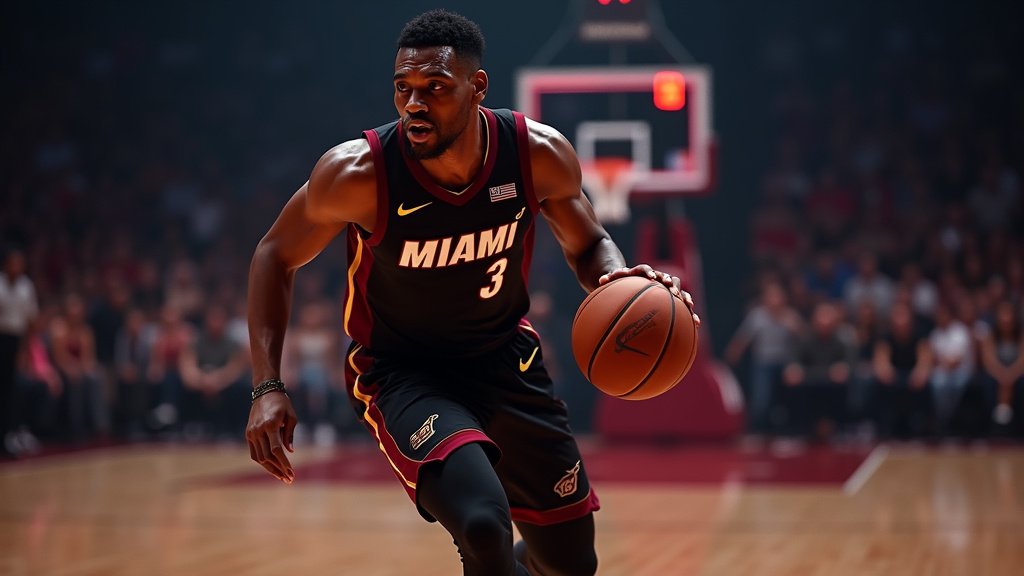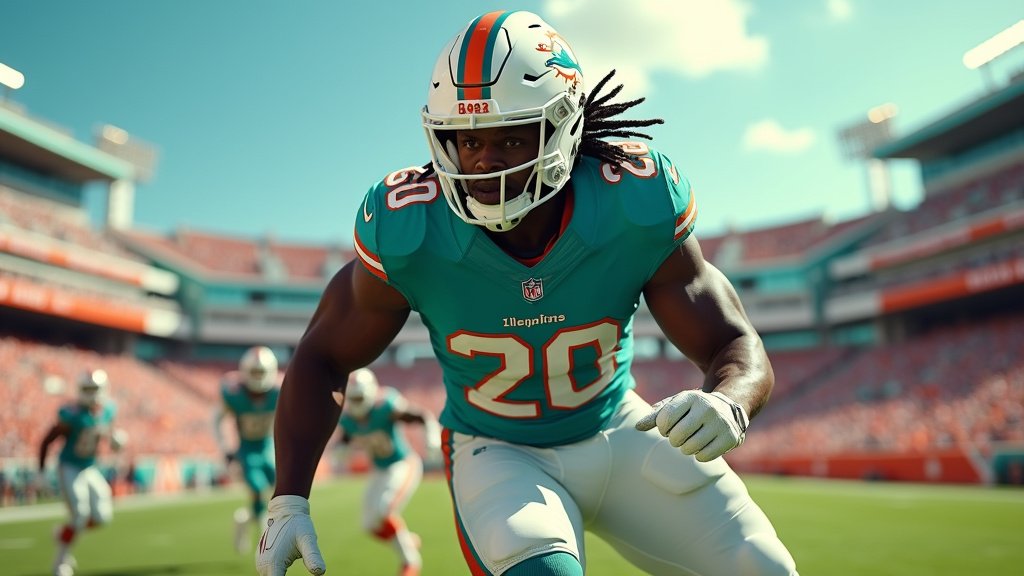In the world of professional sports, few trends have shifted the landscape as dramatically as the rise of superteams in the NBA. Once a rare phenomenon, these powerhouses—formed by stacking rosters with multiple superstar players—have become a regular feature of the modern game. From the Miami Heat’s Big Three to the Golden State Warriors’ juggernaut lineup, and now the reloaded squads in Los Angeles, Boston, and beyond, superteams are changing the way the league operates, and the ripple effect is undeniable.
As the 2024 NBA season kicks into high gear, we’re witnessing a new era of dominance from these basketball behemoths. But while their creation has brought excitement and star power to the sport, it’s also sparked debates about competition, fairness, and the true meaning of team dynamics. Let’s dive into how these superteams are reshaping the league, and what that means for the future of basketball.
The History of Superteams: From Magic and Bird to the Big Three
Superteams aren’t exactly new to the NBA. If we look back at the 1980s, it’s hard to ignore the loaded rosters of the Boston Celtics and Los Angeles Lakers. With Larry Bird, Kevin McHale, and Robert Parish dominating for Boston and Magic Johnson, Kareem Abdul-Jabbar, and James Worthy flying high in LA, the league was often a two-horse race. Fans loved the drama of these epic battles, and the NBA thrived as a result.
However, what’s different today is the way these teams come together. Back in the ‘80s and ‘90s, it was more about draft picks, good trades, and player development. In contrast, the modern superteam is often born through free agency and the strategic decisions of players, not general managers. LeBron James’ infamous “Decision” to join forces with Dwyane Wade and Chris Bosh in Miami set the blueprint for the future of superteam formation. Since then, we’ve seen players take control of their destiny like never before, turning the offseason into as much of a spectacle as the games themselves.
2024: The Year of Superteams
Flash forward to the present day, and the NBA is more top-heavy than ever. In the offseason, seismic moves have redefined the league. The Boston Celtics pulled off a stunning trade to land another All-Star, creating a quartet of superstars capable of going toe-to-toe with any team in the league. Not to be outdone, the Los Angeles Lakers made moves to bolster their already elite roster, bringing in a mix of veteran leadership and young talent to complement their existing stars.
And who can forget the Milwaukee Bucks and Phoenix Suns? These teams, though traditionally underdogs in the superteam conversation, have entered the mix by leveraging a combination of smart trades and free agency pickups. The Bucks managed to retain their core while adding key players, while the Suns paired up two MVP-caliber talents to form a backcourt that’s causing headaches for every coach in the Western Conference.
Even the Golden State Warriors, who seemed to have peaked with their dynasty in the mid-2010s, have managed to reload. With a blend of aging veterans and rising stars, they’re once again a legitimate threat. And that’s the magic of superteams: they create an arms race, forcing every franchise to either keep up or risk getting left in the dust.
The Impact on Competition
The rise of superteams has inevitably led to concerns about the league’s competitive balance. It’s a valid argument—how can smaller market teams compete when the biggest stars are flocking to a handful of franchises? For teams like the Indiana Pacers, Sacramento Kings, or Orlando Magic, the path to a championship has never seemed more daunting.
However, others argue that superteams elevate the league by bringing in more viewers and creating compelling storylines. People tune in to watch the best talent on the floor, and superteams deliver that in spades. The intrigue of seeing if anyone can take down a juggernaut like the Lakers or the Celtics fuels interest in the regular season and, especially, the playoffs.
In response, the league has introduced new measures like the play-in tournament, which offers a more accessible path to the postseason for lower-seeded teams. While it’s too early to judge the full impact of these changes, it’s clear that the NBA is aware of the potential downsides of superteams and is trying to mitigate them.
But let’s not forget the flip side: superteams can fall apart just as quickly as they come together. Injuries, egos, and bad chemistry can derail even the most promising squad, as we’ve seen numerous times in the past. Just ask the Brooklyn Nets, who were once considered a lock to win multiple titles but saw their dream collapse after a series of setbacks.
The Role of Player Power
Perhaps the most significant change in the NBA over the past decade has been the rise of player power. Superteams are, in many ways, the result of players taking control of their careers and making decisions about where and with whom they want to play. The days of players spending their entire careers with one franchise, like Kobe Bryant or Tim Duncan, are largely over. Now, stars are constantly in motion, joining forces with other elites to chase rings.
For some, this is a positive development. Players should have the right to decide their futures, especially given the relatively short window they have to compete at the highest level. But for others, this shift in power dynamics undermines the team-oriented spirit of the game. Loyalty to a franchise is no longer as important as the opportunity to win immediately.
LeBron James, Kevin Durant, and Kawhi Leonard have all been instrumental in this movement, showing that one player’s decision can change the entire balance of power in the league. Younger stars like Luka Dončić, Ja Morant, and Zion Williamson are taking notes, and it’s only a matter of time before we see the next generation of superstars flex their power in similar ways.
How Fans Are Reacting
Of course, all of this begs the question: how are fans responding to the rise of superteams?
The answer is complicated. On one hand, fans of these stacked teams are riding high. If you’re a Lakers, Celtics, or Bucks supporter, you’ve got plenty of reasons to feel optimistic about the future. The excitement of seeing your favorite stars all on the same team is hard to beat.
But for fans of smaller-market teams, the rise of superteams can feel demoralizing. There’s a sense that no matter how well a team drafts or develops its players, they’ll never be able to compete with the might of these basketball Goliaths. The hope of building a championship contender the “right way” feels more distant than ever.
That said, superteams do add a layer of drama and spectacle that keeps people tuning in. The NBA is an entertainment product, and there’s no denying that superteams drive ratings. When you know that a powerhouse squad could either go undefeated or flame out spectacularly, the stakes are higher, and the games become must-watch television.
The Future of Superteams
As the 2024 NBA season unfolds, one thing is clear: superteams aren’t going anywhere. The arms race for talent will continue, and the league will keep evolving as a result. The question is, can the NBA find a way to maintain competitive balance while still allowing players the freedom to shape their careers?
Some solutions might include further tweaks to the salary cap, luxury tax penalties, or even changes to the draft system. But no matter what happens, the allure of superteams will remain. Fans will always want to see the best players on the biggest stage, and superteams deliver just that.
Love them or hate them, superteams are here to stay. And in the unpredictable world of sports, that just might be what keeps the NBA at the forefront of the global sports conversation.





